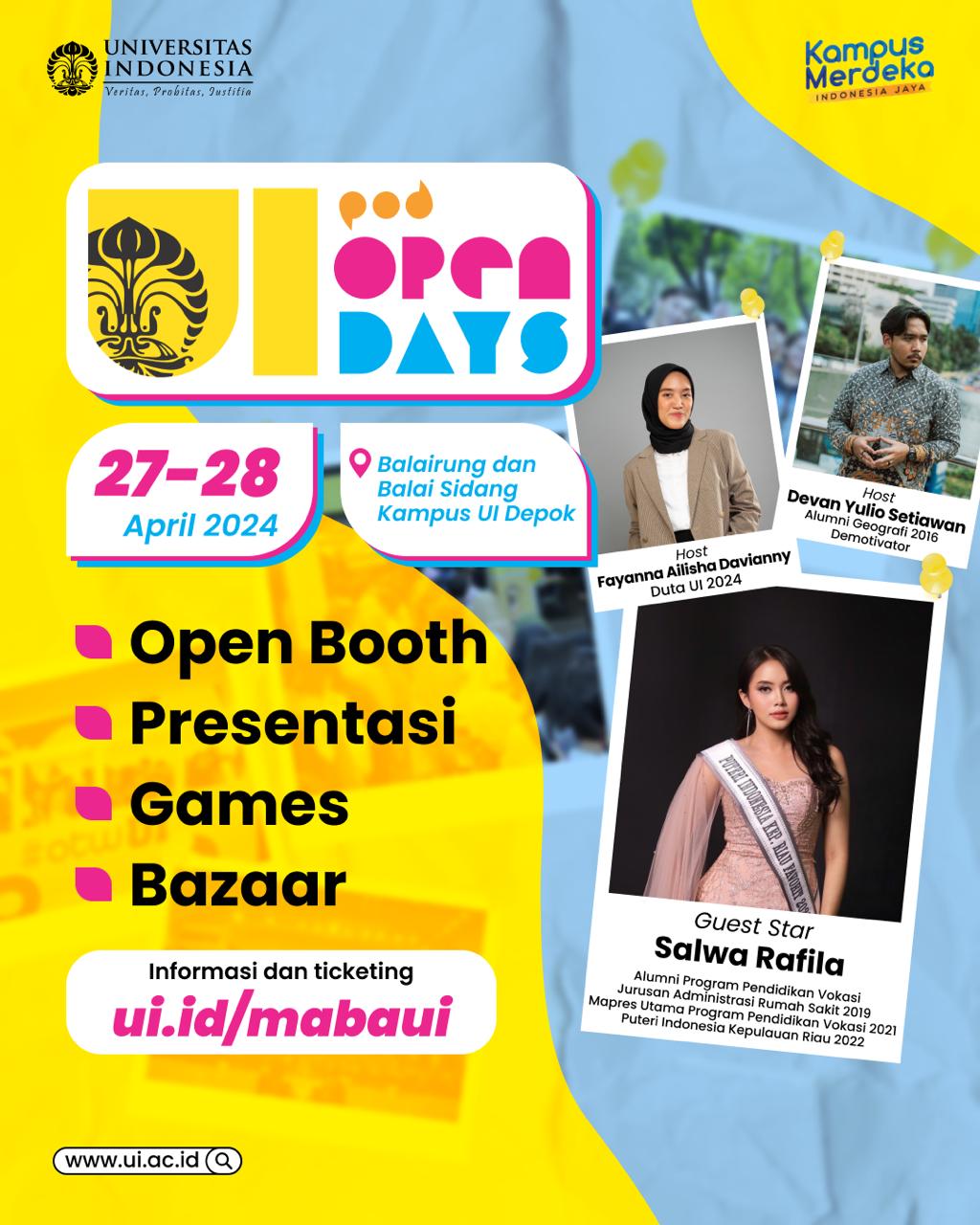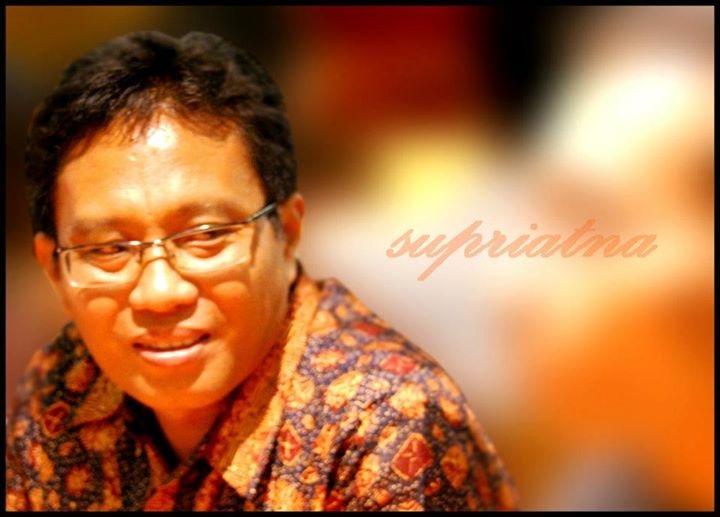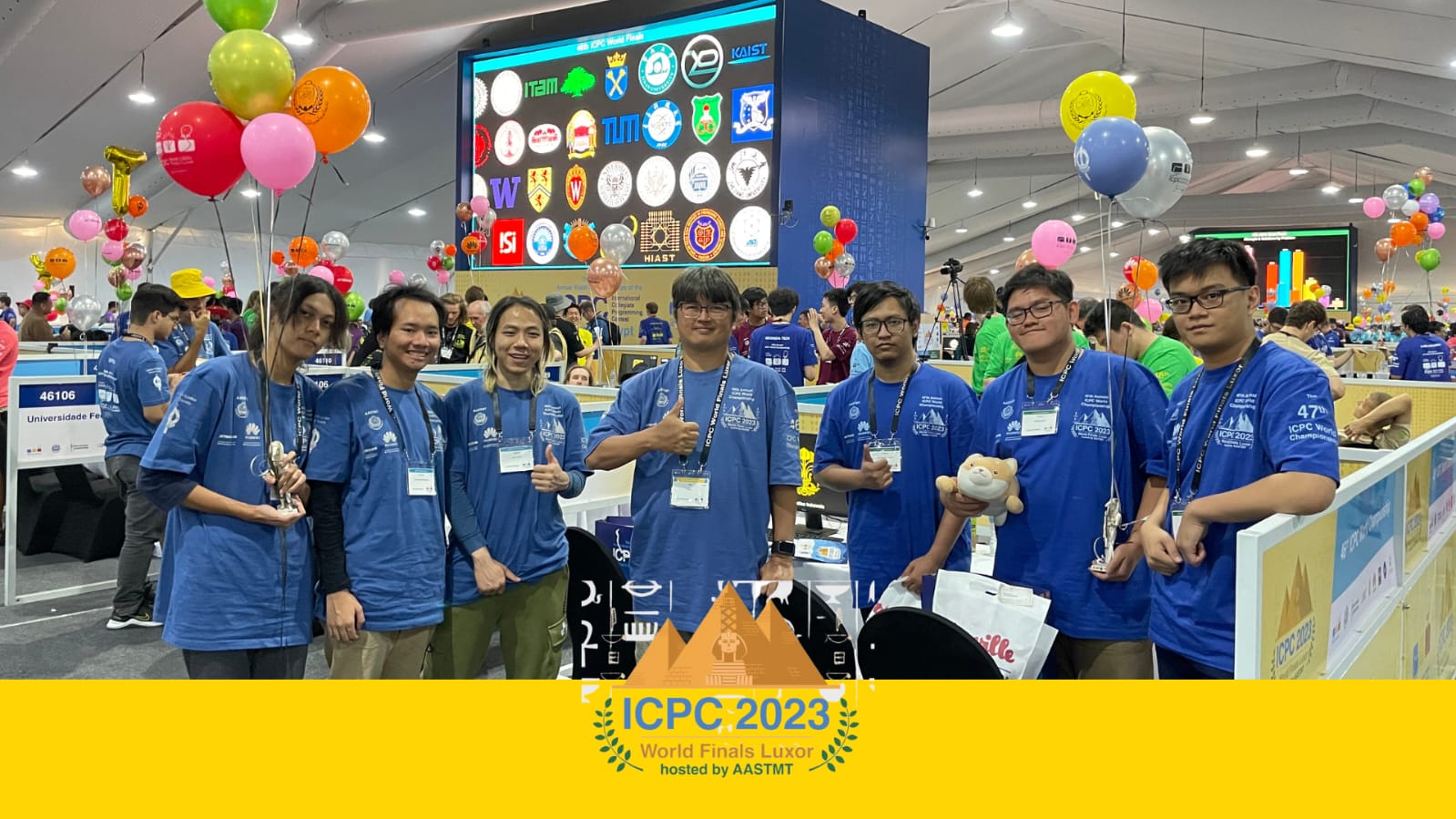Depok, November 10th 2023. In the midst of the increasing risk of landslides in several areas of Depok City, West Java, the Faculty of Mathematics and Natural Sciences (FMIPA) of Universitas Indonesia (UI) developed an innovative disaster curriculum called KECAK (Kurikulum Edukasi Kebencanaan Kreatif–Creative Disaster Education Curriculum). The curriculum is published in various series, one of which is KECAK-L for the landslide disaster series, through the course Environmental Geology and Disasters.
For this reason, through the community service team (pengmas) of the FMIPA Geology Study Program (Prodi), UI increases understanding and knowledge about disaster mitigation for students at SMA Negeri 1 Depok by presenting the KECAK-L innovation. In this activity, the team provided a learning experience that was not only educational and innovative, but also interesting and creative, in a simulation of potential landslide risks.
Twin Hosea W. Kristyanto, M.T., as Head of the FMIPA UI Community Service Team said that this activity is a simulation method that focuses on showing landslide disaster events that may occur in the future. “In our opinion, mastery of creative education-based disaster mitigation skills among students is very important. With the disaster knowledge they have, it is hoped that their psychological conditions, such as anxiety and fear, can be controlled when a disaster occurs,” said Twin.
In its implementation, the team demonstrated KECAK-L by providing illustrations and simulating role playing. In this, students were actively involved in making teaching aids together with the FMIPA UI community service team to provide direct experience about potential landslide risks.
The props were made of cardboard which was shaped like a steep slope. On top of the artificial slope, soil is placed in two conditions, namely a condition without vegetation and a condition with plants or grass on it. Afterwards, the slopes of the cardboard, in two different scenarios, were doused with water to simulate rainwater. The purpose of this demonstration was to show that by keeping the soil that covers the slopes with plants, landslides can be prevented.
Twin said, through this creative learning model, teaching becomes more interesting and easier for participants to understand. Mitigation steps not only focus on disaster management, but also on deepening participants’ understanding. The aim was for participants to be more alert and responsive in responding to disasters during and after a disaster occurs.
He further said that the KECAK-L innovation is a clear example of how disaster education can be interesting and effective. Apart from that, this is also a solution for SMA Negeri 1 Depok for the problems they face in increasing student capacity in dealing with disasters. He also hoped that this activity can provide wider benefits and impacts, namely community groups who are able to adapt to the environment in disaster-prone areas.
This activity, which was carried out last August, ended with a post-test to measure students’ understanding after receiving the material and simulation experience. From this test, it was found that students who had taken part in this community service activity showed an increased understanding of the risks of natural disasters, especially landslides.



